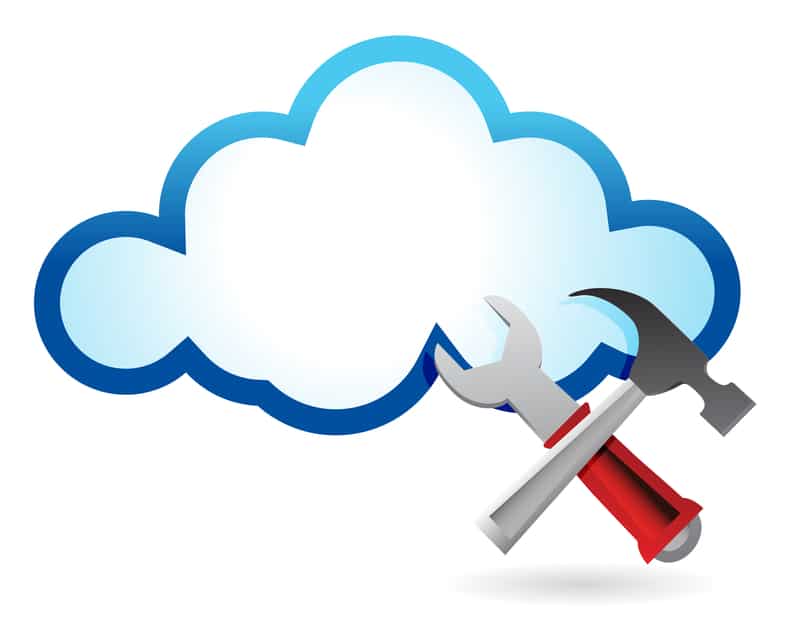Sales: 678.967.3854
Support: 866.252.6363
What We Do
Who We Serve
Success Stories
Latest Thinking
LATEST THINKING
About Us

By the DynaSis Team
We recently came across an interesting case study of the City of Asheville, which transitioned its disaster recovery solution from being on-site to being hosted in the Cloud. In doing so, the city not only gained redundant failover capabilities, it also reduced its recovery time objective (how long it takes for all data and other technology assets be running and available after an outage) from 12 hours to two. Reading it made us wonder how businesses are faring, in terms of cloud adoption. To our dismay, we realized they are not moving as rapidly is they could.
A 2015 survey by Continuity Central, an international business continuity information portal, found that only 6.2% of respondents are planning to implement disaster recovery, availability or other cloud technologies this year, with the large majority (nearly 85%) making other business continuity changes, instead. When asked what challenges are impacting their ability to make disaster recovery improvements, the number one hindrance (cited by 35.6%) was lack of budget, funds and resources.
This is unfortunate, because adopting the Cloud for disaster recovery isn’t expensive or complicated, and it requires little to no internal IT resources to setup and manage. Many providers, including DynaSis, offer prepackaged, cloud-based disaster recovery solutions that can be set up quickly and easily, with no disruption and very little expense.
Given the value of cloud computing for business resiliency, we find it inexplicable that all businesses are not leveraging it for basic data backup, at the minimum. After all, the Cloud enables companies to store data in a location that is geographically remote from the business. Depending on the solution, it may also allow an organization’s personnel to access that data from any Internet connection—even from a mobile device with a cellular data plan if traditional computing resources are not available.
Admittedly, the cost of cloud disaster recovery goes up if a company wants its data replicated very frequently (hourly or less), or it needs near-instant availability of its server images. Fortunately, the average company doesn’t need that level of service.
All companies should perform evaluations and determine their “data risk” tolerance—how much data they can afford to lose—and choose a solution based upon that decision. In many cases, companies discover that only one or two departments need backups more than once a day, with the remainder of the firm requiring them less frequently. Cloud storage is so flexible that most providers can set up backup services with varying schedules that accommodate such needs.
At the very minimum, organizations should store their business continuity plans in the Cloud so that key personnel can access them if the physical location of a business is destroyed or inaccessible. After all, a business continuity plan can’t help a company or its personnel if it’s sitting on a shelf the day a disaster hits the business.
Larger enterprises understand this, and their rates of cloud adoption are among the highest within the corporate world. SMBs are taking longer to grasp the value of the Cloud in disaster recovery. That’s ironic, given that the Cloud is the one place where all businesses are equal.
About DynaSis
DynaSis is an Atlanta IT services and cloud computing provider for small and midsized businesses. All of our solutions focus on helping companies achieve the three fundamental IT necessities of the modern business—availability, security and mobility. We specialize in on-demand and on-premise managed IT services, managed cloud infrastructure, desktops and backups, and professional hardware and equipment installation. For more information about DynaSis’ IT support and services, visit www.dynasis.com.
